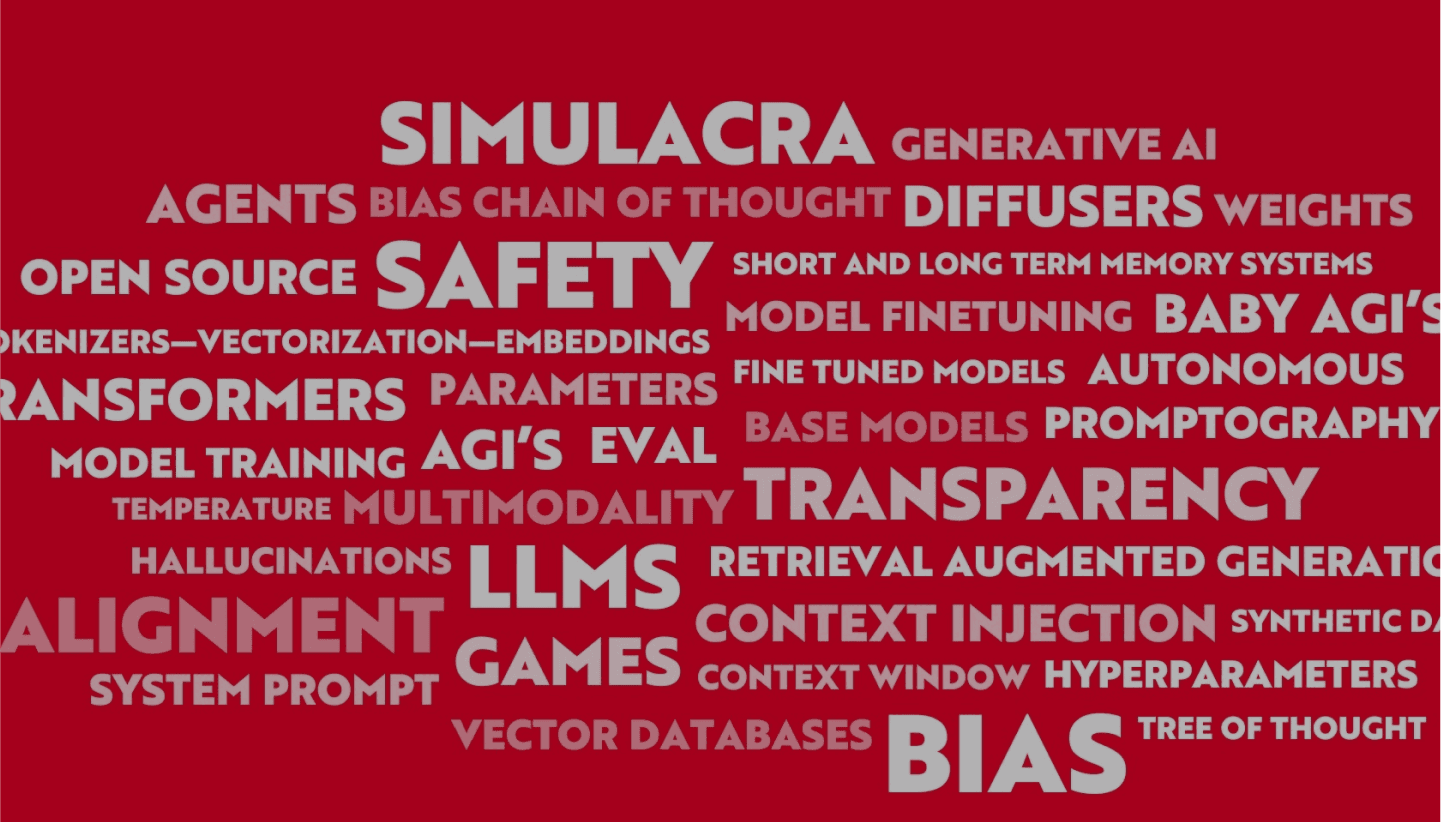
Synthetic Data
What Is Synthetic Data?
Synthetic data is artificially generated data rather than obtained by direct measurement or collection from real-world events. It is designed to mimic the statistical properties of real datasets, allowing researchers, data scientists, and engineers to conduct experiments, train machine learning models, or test systems under controlled conditions where real data might be scarce, sensitive, or difficult to obtain. Synthetic data can be generated through various methods, including simulations, generative models like Generative Adversarial Networks (GANs), or by applying transformations to existing datasets to produce new, non-identical data points that preserve the original data's statistical features.
How is synthetic data generated?
Synthetic data generation involves several techniques, each suitable for different types of data and applications. One common method is using algorithmic models that understand and replicate the statistical properties of real data, such as GANs, which involve two neural networks competing against each other to generate new data points that are indistinguishable from real data. Another approach is simulation, where complex systems are modeled to produce data that reflects hypothetical scenarios. This process requires a deep understanding of the domain to accurately simulate the conditions under which the data is generated.
The choice of method depends on the desired characteristics of the synthetic data, such as fidelity to the real data, diversity of the generated samples, and the specific requirements of the application for which the data is intended.
What are the primary applications of synthetic data?
The primary applications of synthetic data span across various fields, including but not limited to, machine learning, privacy, and data security. In machine learning, synthetic data is used to augment datasets, improving the performance of models by providing additional training data, especially in cases where real data is limited or imbalanced. This is crucial in domains like healthcare, where patient data is sensitive and regulated, yet diverse data is needed to train robust models. In privacy and data security, synthetic data enables the sharing and analysis of datasets that mimic real user data without exposing sensitive information, thus complying with data protection regulations. Additionally, synthetic data finds applications in testing and quality assurance, where it can be used to simulate various scenarios for software testing, including edge cases that are rare in real datasets but critical for ensuring the robustness of systems.

